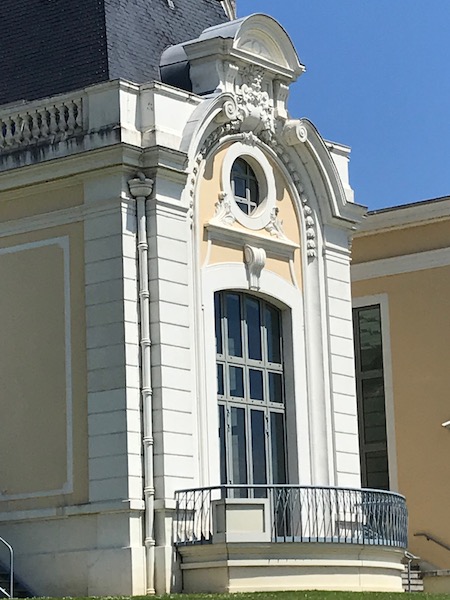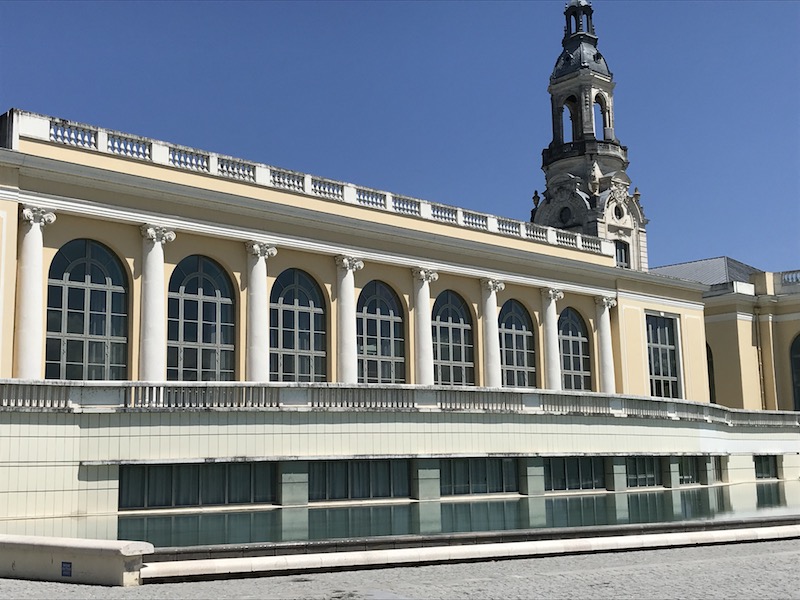Our Blog - Pau, France
Pau doesn't seem to be an extremely old town, with no traces of occupation before the 10th century. There was a fortified fort in the 11th century and finally a small hamlet in the 12th century, when the first recording of the name of the town is found. In 1512, it became the capital of the Kings of Navarre, who were refugees north of the Pyrenees, after the capture of Pamplona by the Spaniards (which is why you'll see sights dealing with the Kings of Navarre).
A couple bits of trivia: Pau is the only city in Europe that can boast of having witnessed two Kings at the origin of a dynasty, which is still the case in the 21st century: Henry IV of France, born in 1553, and Charles XIV John of Sweden, born in 1763. Also, Mary Todd Lincoln, the widow of the President Abraham Lincoln, lived in Pau for several years in the late 1870s.
First stop was the Place de la Liberation in the historic heart of the city. It is a nice little area, with a park, a really nice fountain, and a war memorial paying tribute to the soldiers of the Franco-Prussian war of 1870. There used to be a convent of the Cordeliers where the current courthouse stands. The courthouse building, which dates back to 1847, has a classically decorated façade with columns topped by a pediment in white marble.

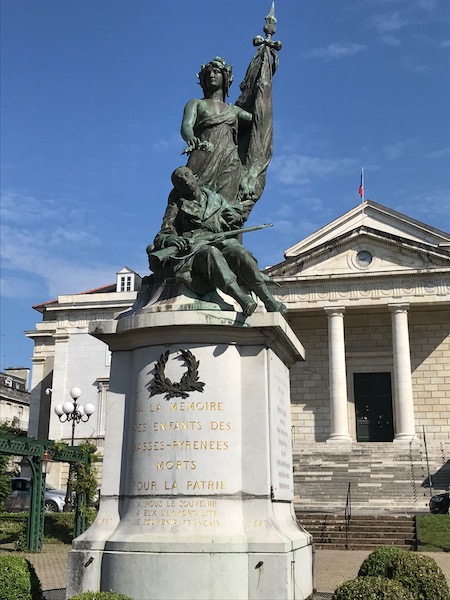
On one side of the square is the church Saint-Jacques. It is built on the site of an old chapel, part of the convent of the Cordeliers (from 1651). Built between 1861 and 1868, it is a neo-gothic stye church with three naves, a transept and a chancel.
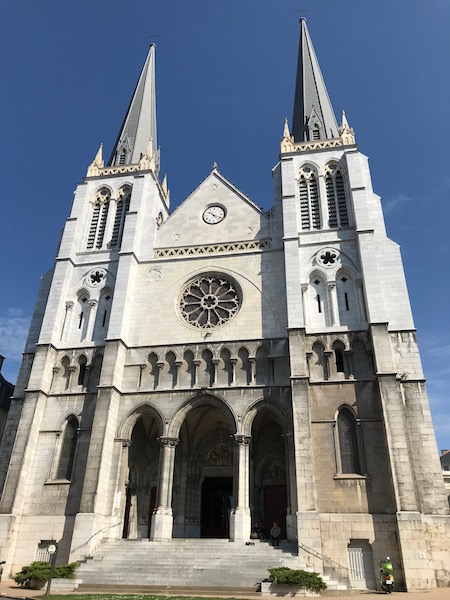

The interior was interesting, as it seemed to have some small amount of a Moorish influence in some of the decorations.




I always like stained glass windows, and there were quite a few nice ones here.
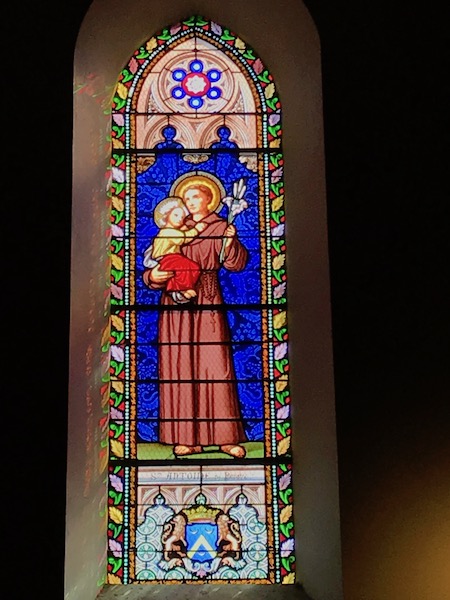

The pulpit is carved wood and seems to be a bit more flamboyant Gothic than the rest of the church.


Leaving the church, we headed up Rue des Cordeliers, which spans and hangs over the Hédas quarter which was the city’s low-lying ground.

The Place Royale is the heart of the city since its constructions in the 18th century.


At the edge of the place there is an overlook where we got a great looks at the Pyrenees, including a few with snow.

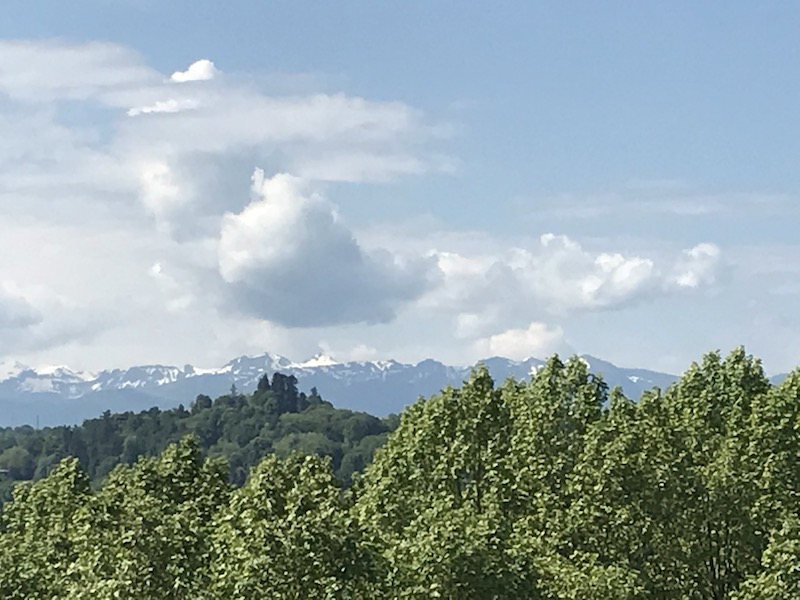
The Funiculaire dates back to 1906 to bring people arriving at the train station (down at the bottom on the banks of the Gave River) up to the main downtown area (at the top). It took 2 years and opened in 1908. The cars date to 1961 although they have been updated to make them more accessible for people with reduced mobility. It was actually closed for awhile (1970-1978) due to security reasons and due to lack of patronage. To keep the heritage, the city reopened it in 1978 but made it free of charge.
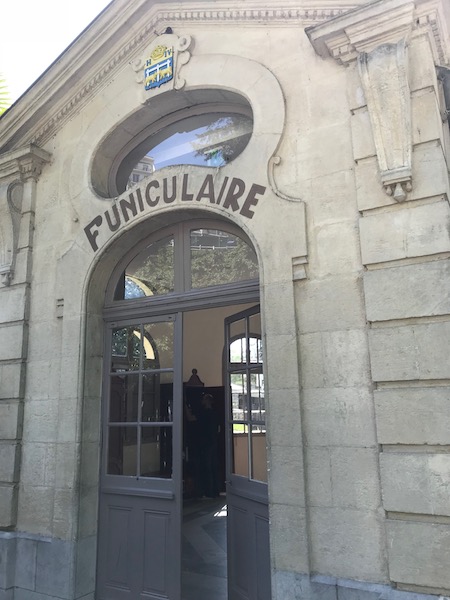
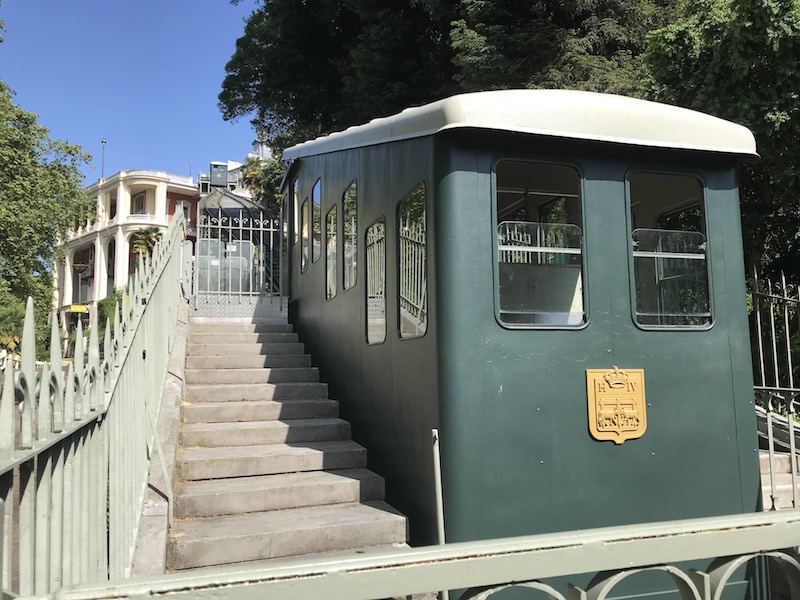
We ended up visiting during the Grand Prix of Pau, and got to see a bit of the road-course and a few cars that were practicing.

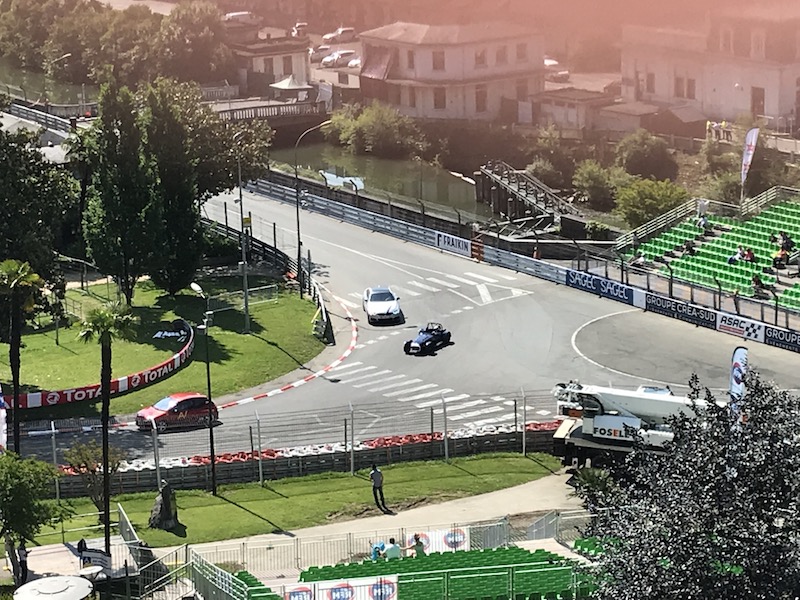
Due to the Grand Prix, we weren't able to get to the Tour des Geants, which is an open air museum nearby to what used to be the cycle-racing track of Pau. There are 104 bronze totems that tell the story of the Tour de France. You may wonder why it is here ... the city has been either the start or end (or both) of a stage 67 times (as of 2015). Every year a new yellow-colored totem will be added to celebrate the winner of the Tour de France. Along the road nearby, it seems that they also have the name and year of the winner of a stage if the stage ended in Pau.
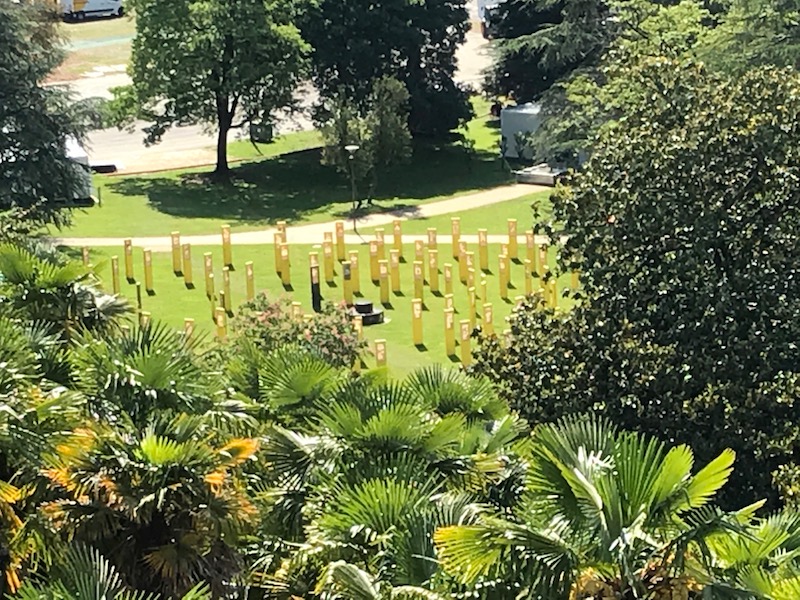
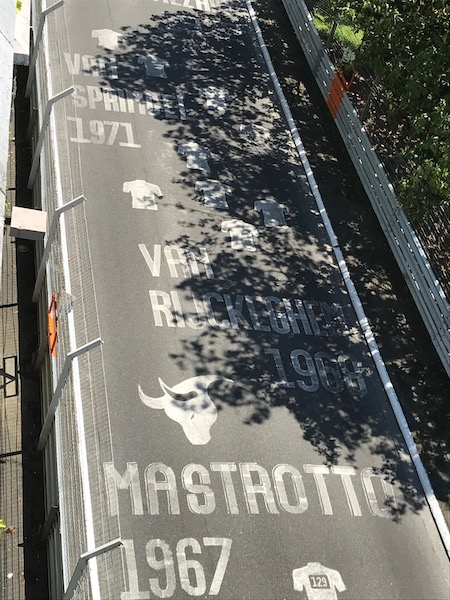
Another nice Monument to the dead, this one for both WWI and WWII.
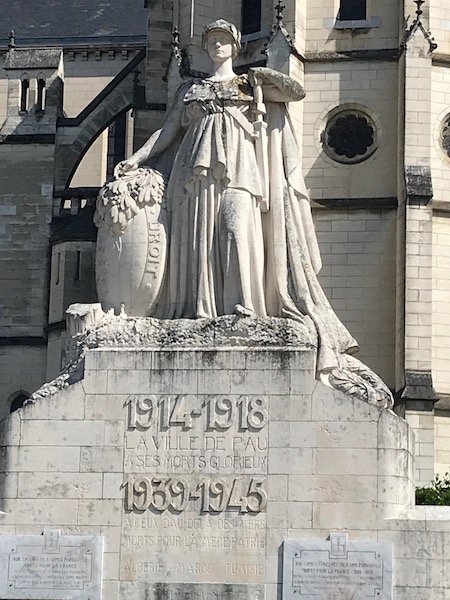
As the rich and famous started settling here (or just vacationing here), many large houses and hotels were created. The most exceptional one is former hotel Gassion (now apartments). You can imagine the kind of luxury that these rooms would provide to the winter residents who would come here. It was built in 1870 and was well-known for being the most modern hotel in Europe.
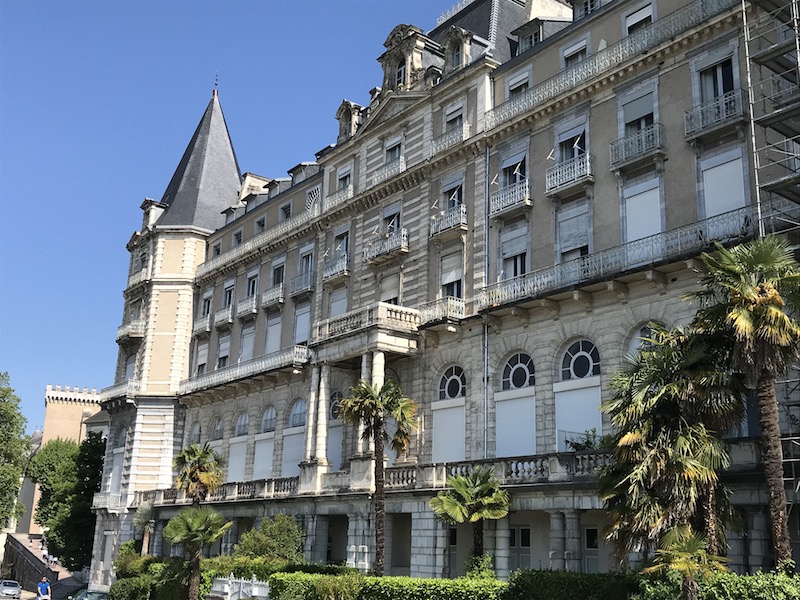
The parish church of Saint-Martin was consecrated in 1871. The Neo-Gothic architecture on the outside and flamboyant indoor decorations make it an interesting church to see.
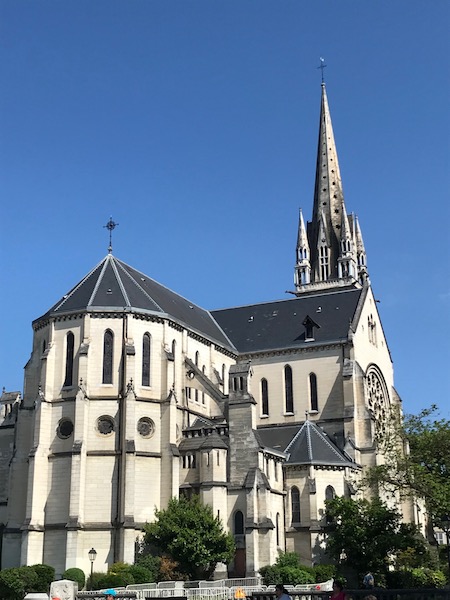


More nice stained glass in this church.

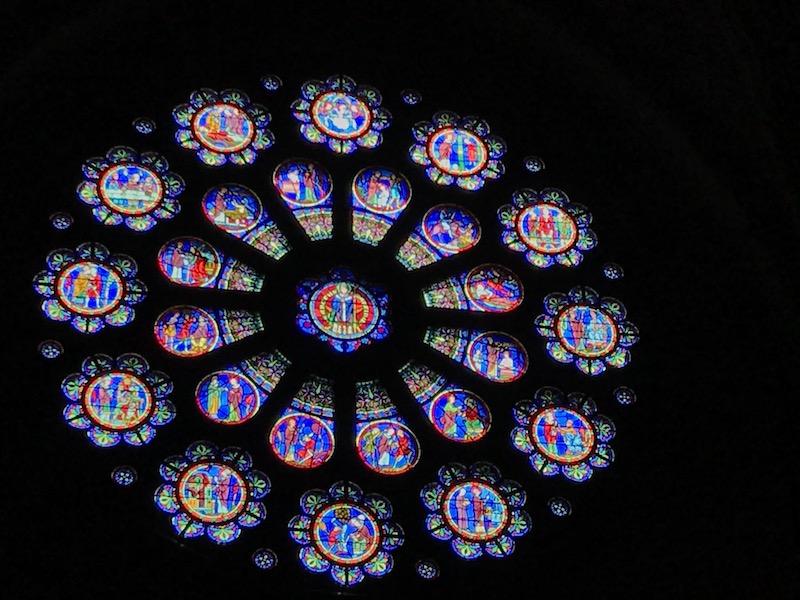
Here again, you can see some moorish influences, and the interior does look quite a bit like the first church we saw in Pau.
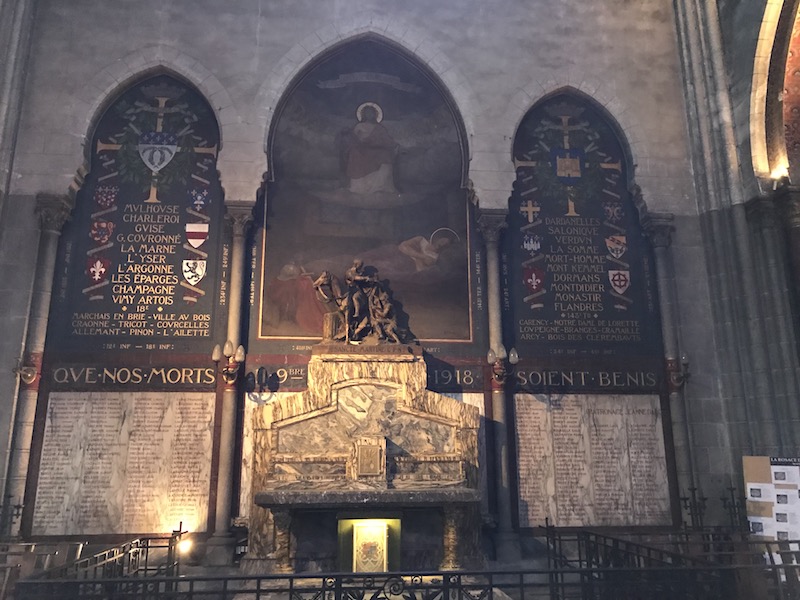

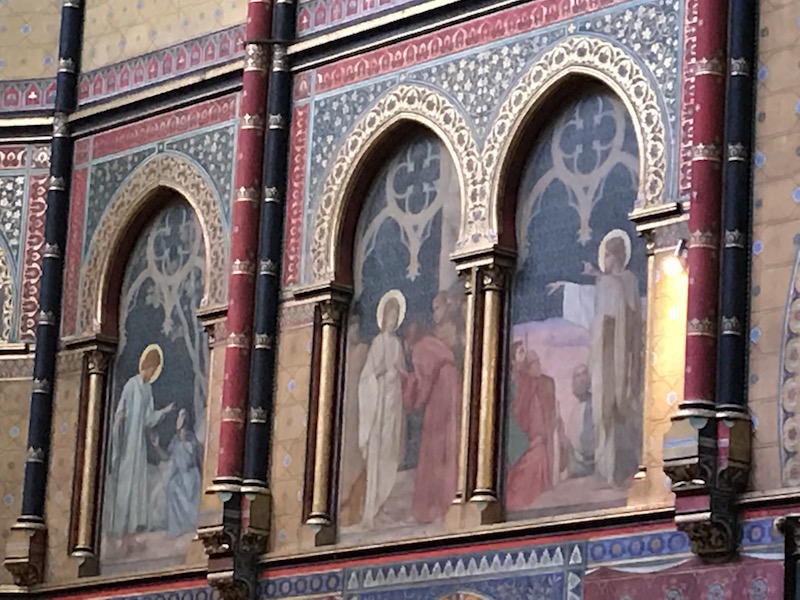
The Parliament of Navarre was built in 1620. The first building was destroyed in 1716 by a fire and then reconstructed.

The castle of Pau was the birthplace of Henri IV, King of France and Navarre. You can see that there was a stone-built keep, showing that it used to be a defensive fortress. During the Renaissance it was used as a country palace for the Court of Navarre. We didn't go inside, but the exterior was pretty nice. In the 16th century, the castle became a royal residence when Marguerite de Navarre, the sister of King Francois I of France and her husband Henri d'Albret moved to the castle and completely transformed it into a Renaissance palace. The H and M monograms are still visible in several places of the castle.
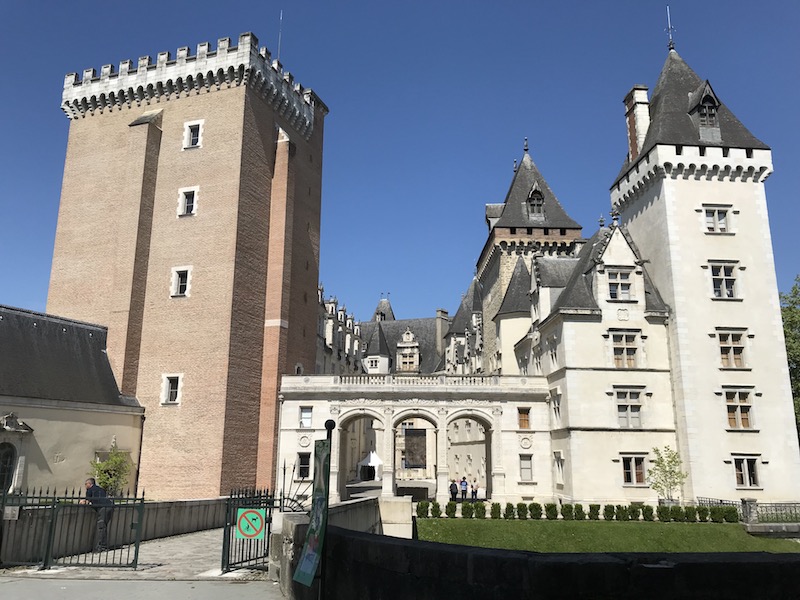


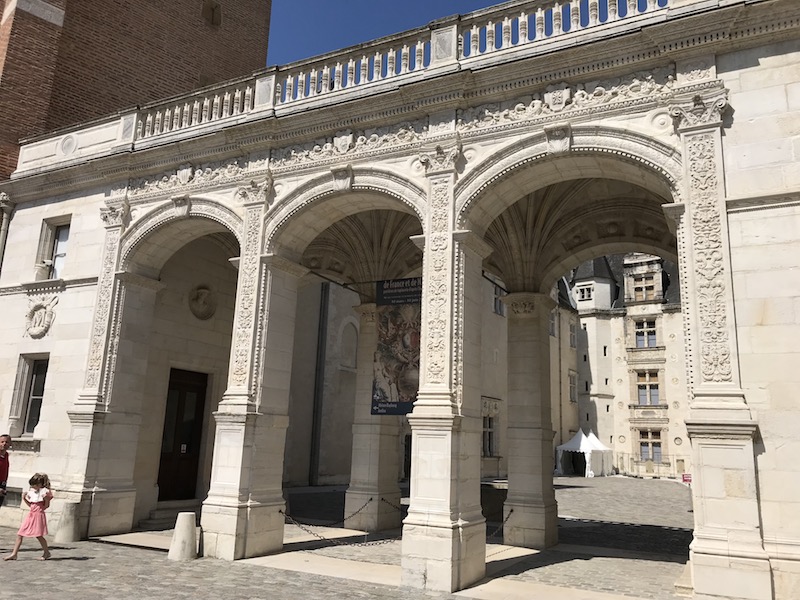


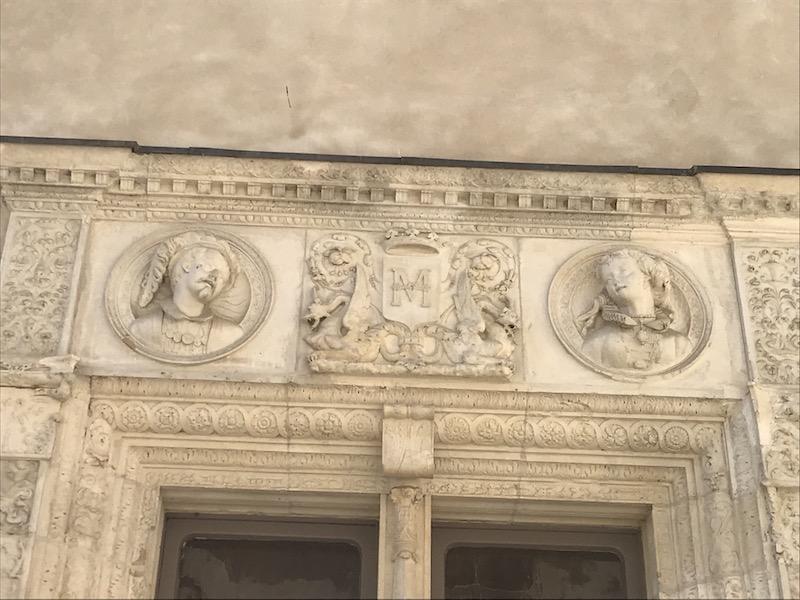

In the nearby neighborhood, we got a few views of interesting door knockers, many of them hands, but one basset hound.
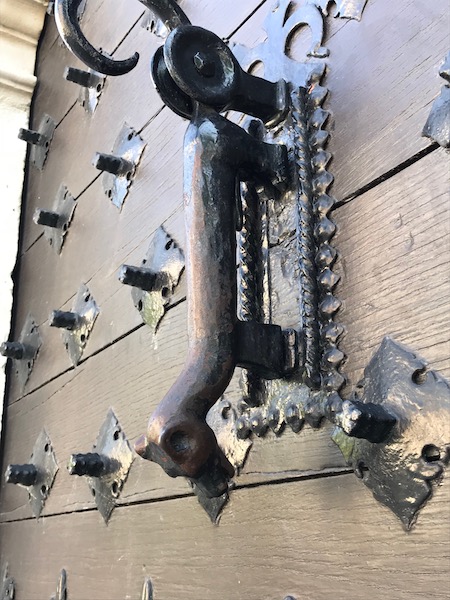


This little house, with wooden galleries overlooking the courtyard, is very characteristic of a modest 18th century home of Pau. It was the birthplace Jean-Baptiste Bernadotte, one of Napoleon’s favorite generals, who ended up becoming crowned the King of Sweden and Norway in 1810. The museum seems to explain how a foreigner became King (seems it has something to do with Swedish parliament and a political crisis), although it was closed so we didn't get the details.
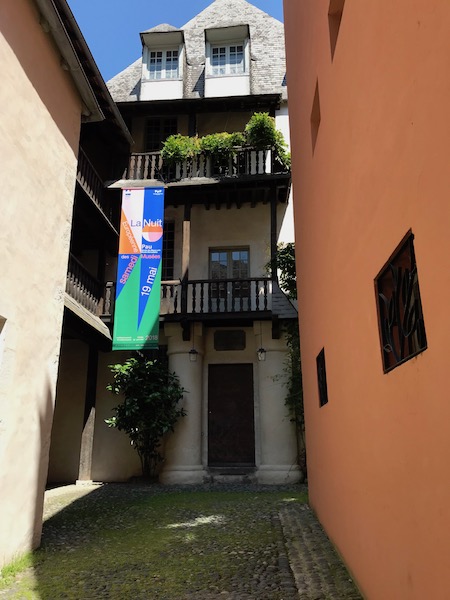
This is a post office now, and I really don't know if it used to be anything important, but I thought the building was quite lovely.


Square Georges V and the Boulevard d’Aragon were built in the 1920's to 1930's to connect the promenade where the funicular is to the new heart of the city (Place Clemenceau). Around the square were some nice statues (although in need of cleaning).
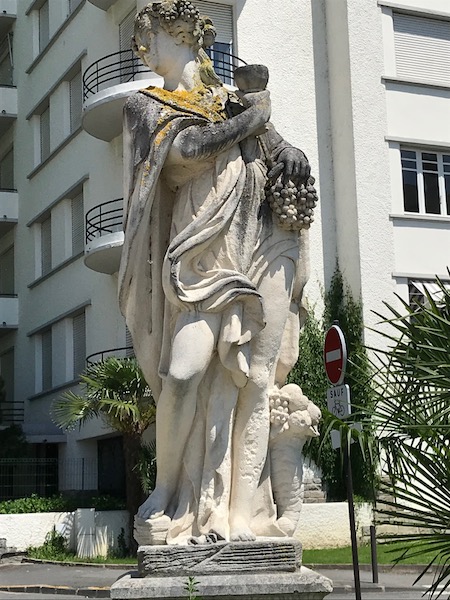

The Villa Cadaval is an early 19th century "family" home for the Dartigaux family, who were part of the high society in Pau at the time. It was sold to the Cadaval family, a Portuguese noble family, in 1879.
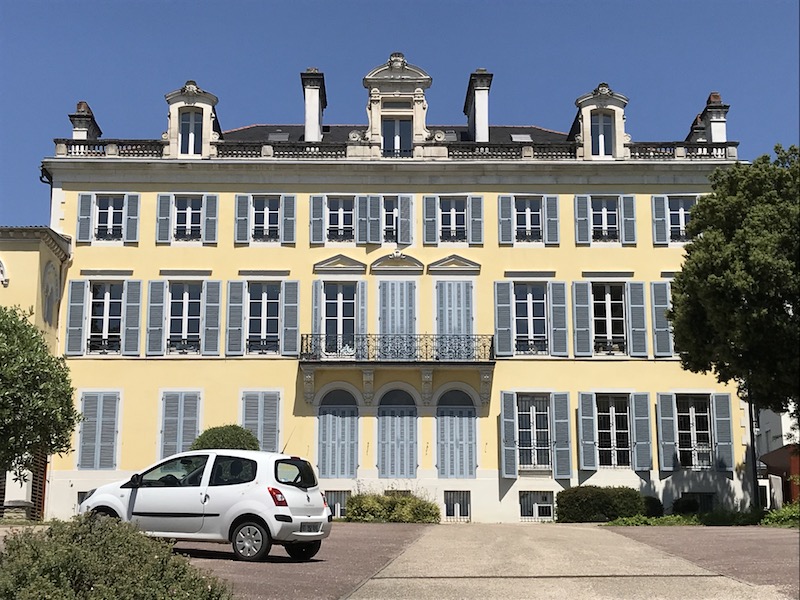
The Palais Beaumont, formerly the Palais d'Hiver, was built in late 19th century and features 2 Italian bell towers. It is now a casino and convention center. The gardens are now a large public park that overlooks the river.

